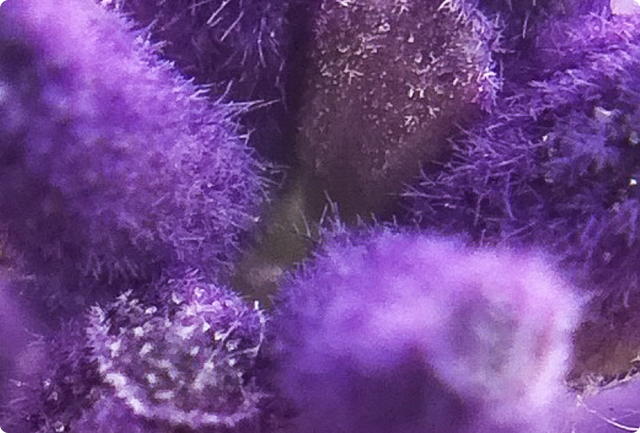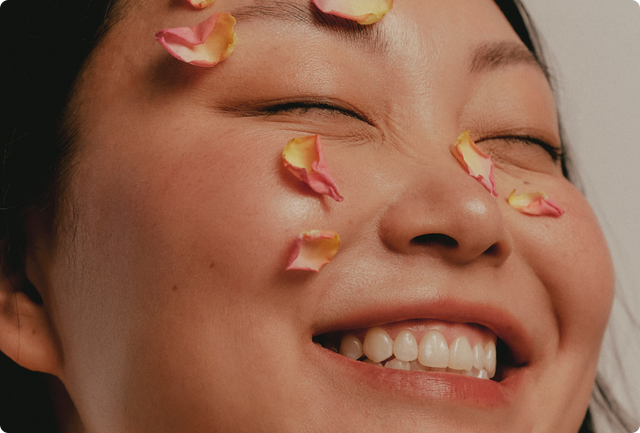About the Extract
Usnea—often called “Old Man’s Beard”—is a slow-growing lichen made of two life forms in harmony: a fungus and an alga. Found draping from trees in temperate forests, this silvery-green botanical is rich in bioactive compounds like usnic acid, which lend it powerful antimicrobial and antioxidant properties. Used for centuries in herbal medicine, Usnea continues to show promise for immune and skin support.
Why You Would Use the Extract
Usnea is a grounding herbal ally, especially valuable when your system is under microbial or inflammatory stress. You’d turn to it to:
· Support the body’s natural defenses against bacteria, fungi, and viruses
· Assist with respiratory and skin-related infections
· Soothe inflammation and oxidative stress
· Encourage gentle wound healing and tissue repair
· Provide bioavailable antioxidant protection
Clinical Findings
| Study | Participants & Duration | Key Results | Reference |
| Antibacterial Effects |
In vitro on resistant strains |
Usnic acid a natural compound from lichens, has demonstrated antimicrobial and anti-inflammatory effects. |
Croce N. Et all (2022) |
| Anti-inflammatory & Antioxidant |
In vitro |
Broad-spectrum activity against bacteria and yeasts. |
Piñeiro et al.(2024) |
| Environmental Indicator |
Observational survey |
Bioaccumulated airborne metals; confirmed use as air quality indicator |
Stolte K, et al. (1993). |
Behind the Science (Made Simple)
Usnea’s effectiveness stems from its synergy of usnic acid, immune-stimulating polysaccharides, and antioxidant compounds:
· Fights harmful bacteria and yeast: Usnic acid disrupts bacterial energy metabolism 3
· Shows promise for use in food, pharmaceutical, and agricultural industries based on its multi-modal bioactivity.3
Together, these mechanisms make Usnea uniquely well-suited for both topical application and internal immune defense—though only in responsible, well-formulated doses.
How and Where It Grows
Usnea thrives in pristine, unpolluted forests—often found hanging from tree branches in cool, humid regions across North America, Europe, and Asia. It prefers coniferous trees and grows slowly over many years, which is why it's considered ecologically sensitive and is harvested with care.
Use in Ancient Medicine
Usnea has a long tradition in Western and Chinese herbal medicine. In Traditional Chinese Medicine, it was used to clear heat and resolve toxicity, often applied for infections and ulcerations. In European folk traditions, it was infused into tinctures and salves for wounds, respiratory infections, and immune depletion.
Symbolism
With its silvery strands and forest-dwelling presence, Usnea symbolizes clarity, cleansing, and protection. As a slow-growing organism that flourishes only in clean air, it also speaks to purity, balance, and resilience in challenging environments.
INFORMATION provided is intended for informational purposes only and is not meant to diagnose, treat, cure, or prevent any disease. Statements have not been evaluated by Health Canada or the FDA. Please consult a qualified healthcare provider before using essential oils for therapeutic purposes.
References
1. Stolte K, et al. (1993). Lichens as Bioindicators of Air Quality. USDA Forest Service Gen. Tech. Rep. RM-224.
2. Croce N., Pitaro M., Gallo V., Antonini G. (2022). Toxicity of Usnic Acid: A Narrative Review, Journal of Toxicology
3. Piñeiro, M., et al. (2025). Biological activities of Usnea lethariiformis lichen extracts and UHPLC‑ESI‑QTOF‑MS analysis of their secondary metabolites.








